The mouse develops five pairs of mammary glands that arise during mid-gestation from five pairs of placodes of ectodermal origin. We have investigated the molecular mechanisms of mammary placode development using Lef1 as a marker for the epithelial component of the placode, and mice deficient for Fgf10 or Fgfr2b, both of which fail to develop normal mammary glands. Mammary placode induction involves two different signaling pathways, a FGF10/FGFR2b-dependent pathway for placodes 1, 2, 3 and 5 and a FGF10/FGFR2b-independent pathway for placode 4. Our results also suggest that FGF signaling is involved in the maintenance of mammary bud 4, and that Fgf10 deficient epithelium can undergo branching morphogenesis into the mammary fat pad precursor.
Role of FGF10/FGFR2b signaling during mammary gland development in the mouse embryo Available to Purchase
Arnaud André Mailleux, Bradley Spencer-Dene, Christian Dillon, Delphine Ndiaye, Catherine Savona-Baron, Nobuyuki Itoh, Shigeaki Kato, Clive Dickson, Jean Paul Thiery, Saverio Bellusci; Role of FGF10/FGFR2b signaling during mammary gland development in the mouse embryo. Development 1 January 2002; 129 (1): 53–60. doi: https://doi.org/10.1242/dev.129.1.53
Download citation file:
Sign in
Client Account
Sign in via your institution
Sign in via ShibbolethAdvertisement
Cited by
Save the date - Human Development: Stem Cells, Models, Embryos
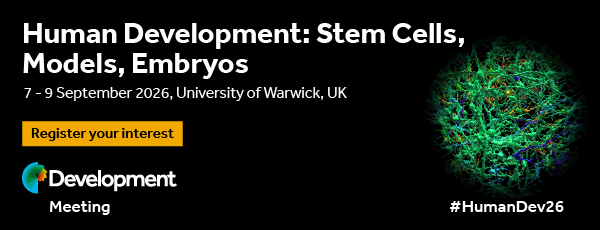
We will be hosting a 2026 Human Development: Stem Cells, Models, Embryos meeting. We have teamed up with the Wellcome-funded consortium, the Human Developmental Biology Initiative (HDBI) to co-organise this event, which will bring together researchers from around the world, united by an interest in understanding human developmental biology. Save the date for 7-9 September 2026 and register.
Key dynamical systems concepts to decode developmental regulatory mechanisms
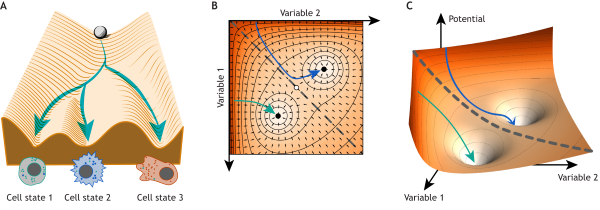
Dynamical systems theory provides a powerful quantitative and intuitive framework to understand developmental processes. In this Primer, Usha Kadiyala and colleagues bring key concepts of this framework to the ever-growing community of interdisciplinary developmental biologists.
The Company of Biologists and the British Society for Developmental Biology: a model partnership
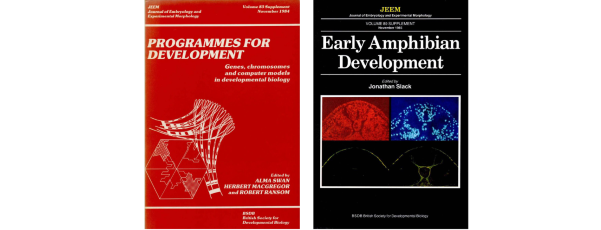
In this Perspective, Saanjbati Adhikari and Raman Das guide us through the founding of the British Society for Developmental Biology (BSDB) and its early relationship with the Company, the evolution of the Company's financial support to the Society and how this relationship helps the international research community.
From bench to business
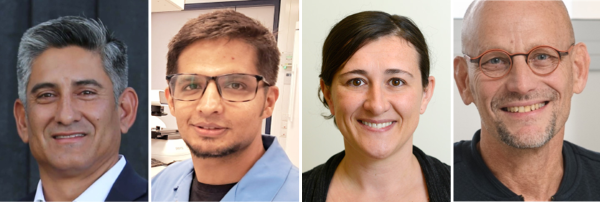
In this Perspective, researchers who have transitioned from academia to industry tell us how they have navigated patents, intellectual property, investors and biotechnology start-ups to bring new biological advances from the bench and into the boardroom.
From stem cells to human development: supporting a growing field
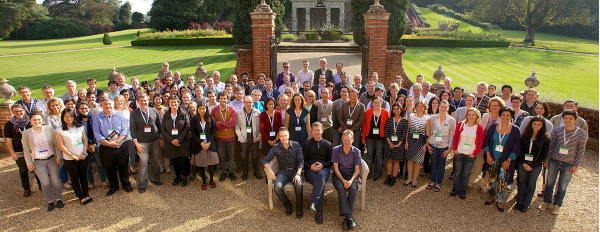
In 2014, Development organised the first of The Company of Biologists’ Journal Meetings: ‘From Stem Cells to Human Development’. In this article, Katherine Brown provides an overview of the history and the impact of these meetings, both for the developmental biology community and for The Company of Biologists.




